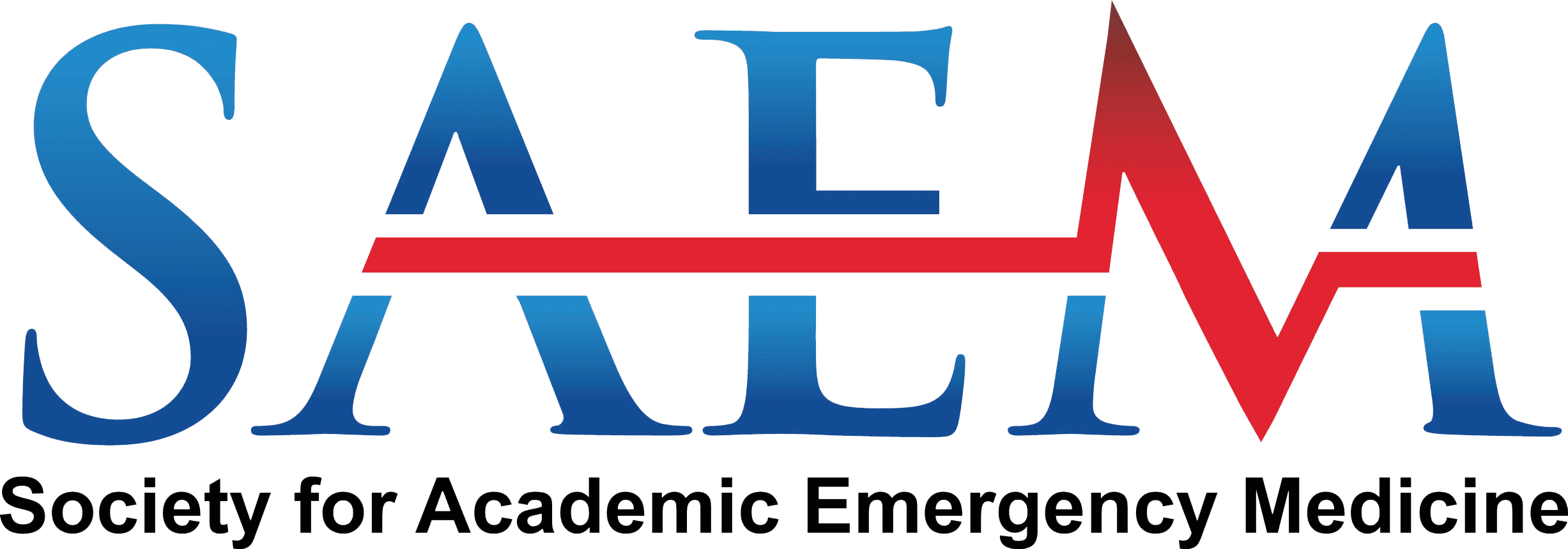History of Global Emergency Medicine
.png?sfvrsn=1d4249e2_0)
Imagine yourself working with international partners to change the system of emergency care in a community, country, or region of the world. Imagine yourself working in the field in a humanitarian response, coordinating efforts with various global health experts to provide coordinated care to people in need. Imagine yourself working to develop educational curricula to be delivered to emergency care providers in any country in the world, taking into account cultural context, local disease processes, resource limitations, local infrastructure, and the proximity and capacity of advanced care facilities. Global Emergency Medicine (EM) is the intersection of global health (and its myriad complexities) and emergency care. Choosing this as as career pathway provides endless opportunities to make an impact.
A Global Health Path
Formally pursuing a career in global health and emergency care signifies a commitment to addressing healthcare disparities through sustainable impact, collaboration with local partners, and integrating emergency care in resource-austere settings. Beyond the appeal of travel, this pathway demands a focus on long-term health system development, ethical engagement, and capacity building. As the field evolves, rigorous research, policy advancements, and sustainable initiatives drive meaningful change, presenting a dynamic opportunity to shape the future of global EM while fostering innovation and resilience in diverse communities worldwide.
Challenges in Global Emergency Medicine
Global EM is a rewarding yet complex field with numerous challenges, including:
- Defining Your Niche: EM intersects with public health, humanitarian aid, disaster response, education, and policy. Finding a focus aligned with your skills and interests is crucial.
- Gaining Core Competencies: Proficiency in acute and emergency care must be balanced with knowledge of sustainability, public health infrastructure, and cultural competence.
- Navigating Institutional Barriers/Mentorship: Not all medical schools or residency programs have established global health sections/divisions. If you are at an institution with limited activities in this area, this will require additional effort to secure mentorship and growth opportunities.
- Limited Infrastructure and Resource Constraints: Providing acute care in settings with minimal infrastructure necessitates adaptability, innovative problem-solving, and collaboration with local providers. It also requires gaining cultural competencies to better understand the constraints, work with your local partners to identify potential solutions, and create a pathway for success over time.
- Funding and Logistics: Identifying funding sources and logistical support for travel, clinical coverage (time and financial), and ongoing clinical, administrative, educational, and other research projects is essential for long-term engagement.
Despite these challenges, many resources, mentorship programs, and funding opportunities can help guide your journey in global EM.
